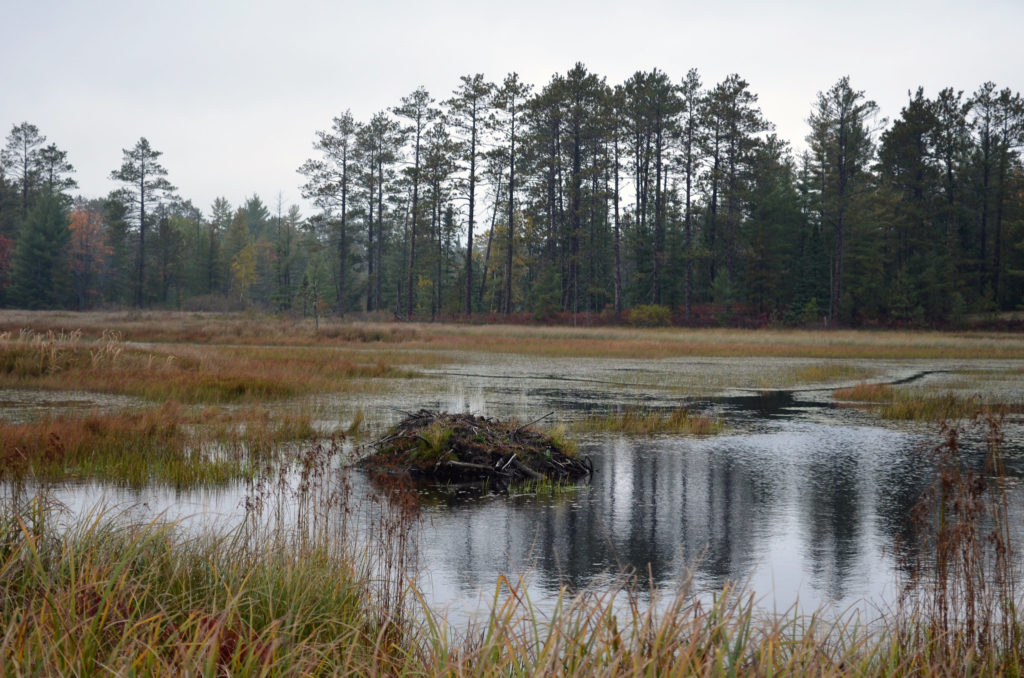
Beavers are large, semi-aquatic rodents known best for their ability to construct dams, canals, and lodges (their homes). They are among the largest rodents in the world. With powerful jaws and strong teeth, beavers fell trees to use as building materials, often changing their environment in ways few other animals can. But in a good way. As it turns out, beavers are important for biodiversity.
According to new research from the Faculty of Natural Sciences at the University of Stirling in Scotland, reintroducing beavers to their native habitats is an important step towards solving the freshwater biodiversity crisis.
Researchers surveyed water plants and beetles in 20 wetlands in Sweden – 10 created by beavers and 10 that were not – in order to understand what impact beavers might have on the variety of plant and animal life around them.
The research team’s findings build on previous work that has shown that beavers have an important impact on biodiversity. This latest study discovered that the number of species found only in beaver-built ponds was 50% higher than in other non beaver-built wetlands in the same region.
Beavers are known to be profound engineers of the environment. They use wood to build dams across rivers in order to form ponds behind them. They do this to raise the water level in order to avoid predators, like bears and wolves. But it turns out many other plants and animals, like water plants and beetles, also benefit from their work.
According to the research team, reintroducing beavers to their native habitats should benefit the wider biodiversity and be seen as an important step towards solving the freshwater biodiversity crisis.
**********
Web Links
Beaver reintroduction key to solving freshwater biodiversity crisis
Photo, posted October 2, 2014, courtesy of USFWS Midwest Region via Flickr.
Earth Wise is a production of WAMC Northeast Public Radio.
Leave a Reply